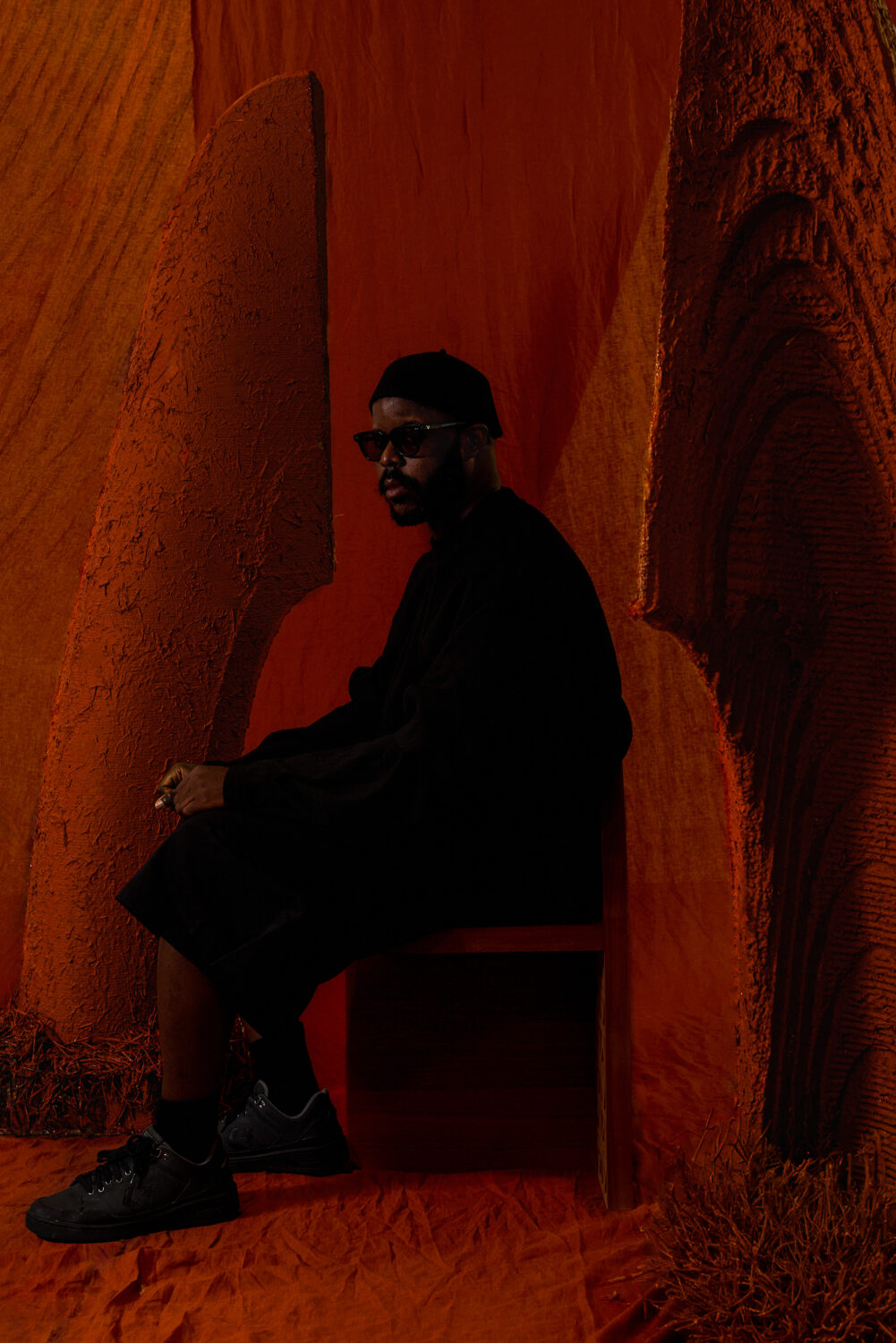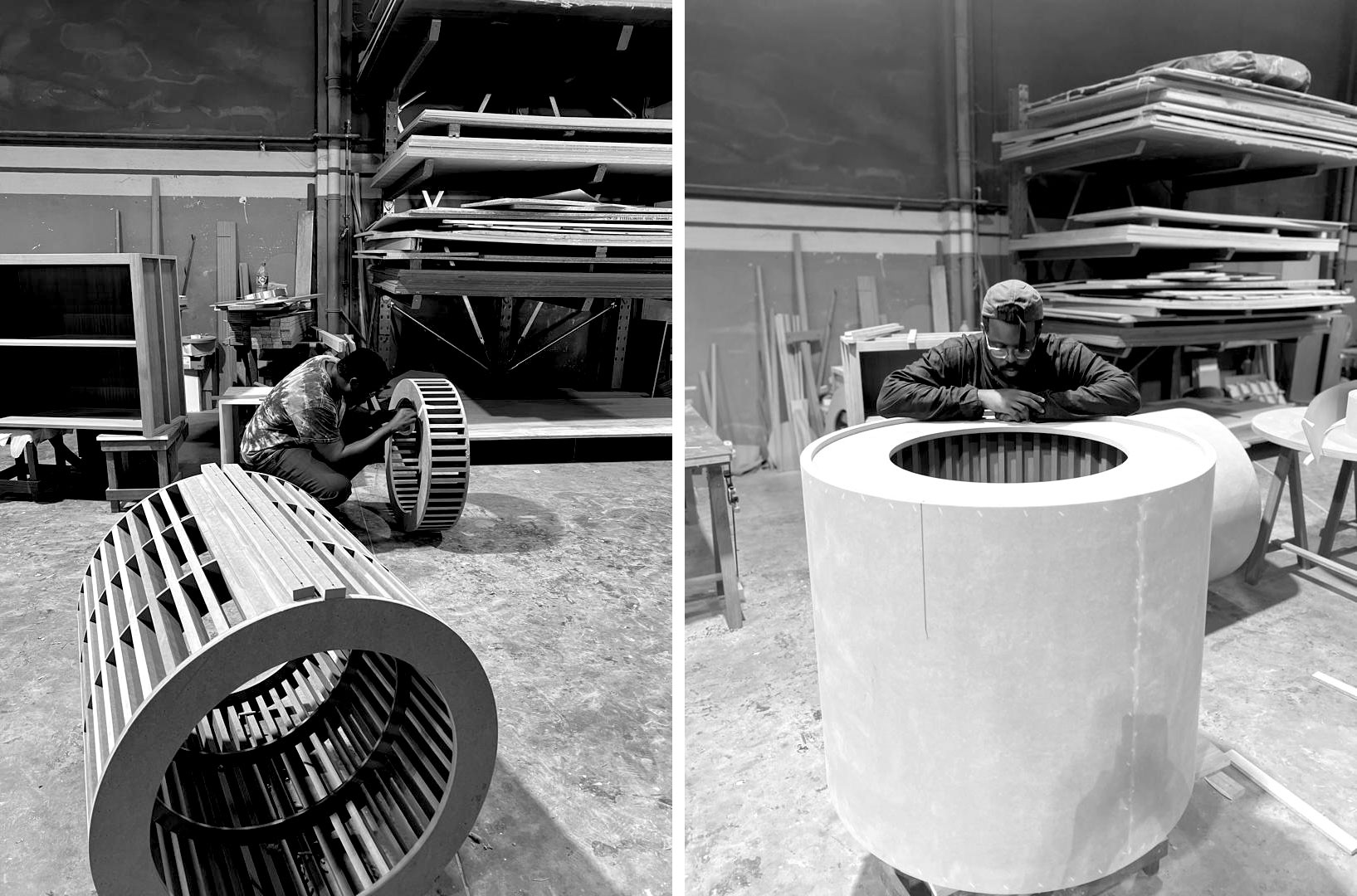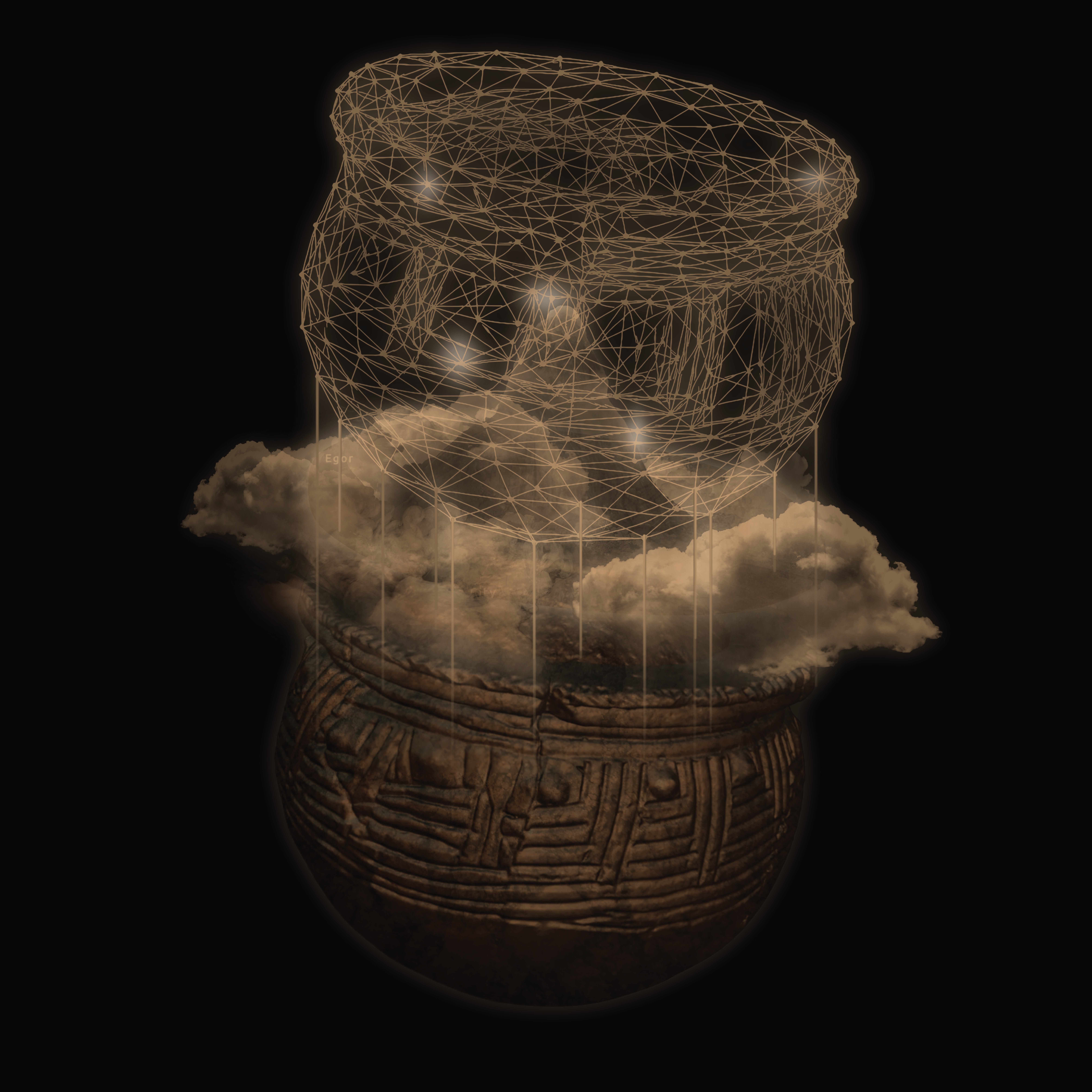Myles Igwebuike’s Vision for Nigeria at the London Design Biennale
By Myles IgwebuikeNigeria arrives at the 5th edition of the London Design Biennale, opening on 5 June 2025, with Hopes and Impediments, curated and designed by Nigerian-American designer and researcher Myles Igwebuike. This year’s Biennale theme, ‘Surface Reflections,’ conceived by Artistic Director Dr Samuel Ross MBE, invites participants to explore how personal histories inform identity and practice. For Nigeria’s national pavilion, Igwebuike draws inspiration from his South-Eastern Nigerian roots and positions himself as a cultural bridge and custodian of heritage. Ahead of the commission’s reveal at Somerset House later this week, Igwebuike offers Something Curated an exclusive glimpse into the thinking behind the project.

Designing with Memory: A Design Proposition by Myles Igwebuike
Heritage is often treated as something static, a relic encased in reverence. But in my practice, I have found that heritage functions less as a monument and more as material – something to be worked with, challenged and reimagined. I often ask how anthropology might be used to explore modernity.
I am particularly interested in indigenous technologies and ancestral geometries: the symmetry of a shrine, the modularity of a village square, the encoded intelligence in ritual and craft. These are often dismissed as folklore or anecdote, but when engaged with care, they reveal sustained engagement with ecology, philosophy, mathematics and systems of governance. When we begin to understand heritage as a kind of data you see, not digital, but embodied, we open up new ways of thinking about the future. A future built not in spite of the past, but through it, which I think is even more profound.
Design is always cultural. It expresses values through space and form. But in contexts shaped by colonial erasure and disrupted lineages, design becomes more than expression – it becomes excavation. It can uncover silenced knowledge systems, reinterpret material legacies and reframe the periphery as a site of authority. In much of Africa, what has been excluded from the archive persists in gesture, in pattern, in spatial rhythm. Here, design becomes a mode of translation.

Heritage is often framed in opposition to innovation. But I see it as one of its foundations. The idea that tradition and technology sit on opposite sides of time is a false binary. Some of the most radical design solutions emerge from so-called heritage: systems of resilience, collective infrastructure, ecological adaptation. The question is not whether design can accommodate the past, but whether it can afford to disregard it.
This also means rethinking authorship. In many indigenous contexts, knowledge is not held individually but produced collectively. It is iterative, performed and distributed. The architecture of a compound, the shared weaving of a textile, the co-stewardship of land all speak to this ethos. To design with heritage is to understand design as a process of co-creation, a conversation across generations.
There is an ethical imperative here. As design institutions reckon with the legacy of colonial frameworks, the role of heritage must move from being a subject of exhibition to a methodology of practice. What forms of intelligence have been systematically excluded from curricula? What assumptions about progress continue to marginalise indigenous systems? If we are to work meaningfully with heritage, we must treat it as structural, not symbolic.

This is particularly urgent in contexts where history has been interrupted by war, displacement or systemic forgetting. In such places, heritage survives in fragments – a song, a name, a ritual or a way of gathering. These fragments are not remnants of loss but starting points for inquiry.
To design with heritage is to work with memory as collective, intergenerational, often informal. It resists linear time and taxonomies. It does not always reveal itself clearly, which is why it demands patience. It asks us to listen not only to what was said, but to how people lived, how they built and how they adapted. And it asks us to design not only for what we want to build, but for what we want to remember.
Heritage is not a closed chapter. It is an open material. Not the end of the story, but the beginning of a question: what now?
Daalu so.
Feature image: Lejja. Courtesy Nigeria Pavilion at London Design Biennale 2025